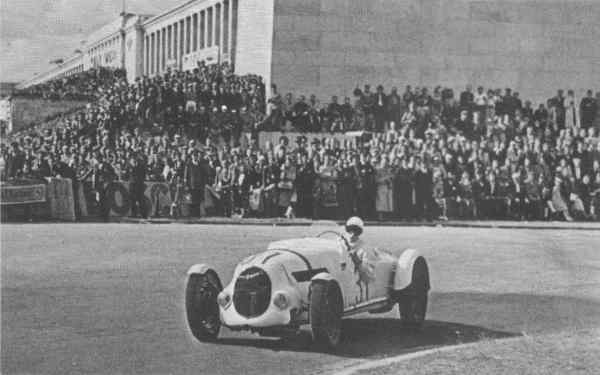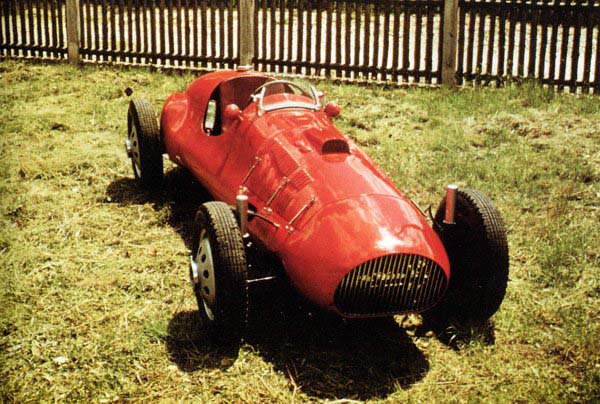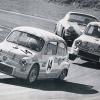From another thread:
http://forums.autosp...=0#entry4287043I've had this all aluminum, tube chassis, Lancia Aprilia V4 powered (1.1L, 1.3L and multicarb 1.5L), short wheel base, rear drive, two seat open car for over 35 years and don't know who built it and what it may have done.
I think Hugo has already given the answer:
be patient and TNF will bring it to the light
Here is a picture of the car in question.
http://img398.images...arrymerkfv9.jpg
#156 Hans Fischaber - Lancia Special 1100 in front of Harry Merkel's Porsche 356 1100 at AVUS 1953
Extremely light,(estimated at 8-900 lbs) everything drilled, inboard rear brakes with generator driven off rear drum. Appears to have German fasteners (nuts and bolts), Veglia instruments, early Porsche style steering wheel. Purchased in Germany in the late 50's and brought to Iowa, USA by a military man. Car was all polished aluminum, no paint. Supposedly two built.
So if there were two if this kind, looking at the differences in the bodywork I would assume, that your car is the sister car to that. I think it would be easy to find out by looking at it whether you can find traces of the mentioned incident:
The other car was said to have crashed and burned in a 1955 "Berlin", race.
Some unique features are, over the center ball type jacking points front and rear, small right side, flip down drivers door (supposedly required by the race rules). Everyone just steps over. Small, enclosed, what appear to be toe step pockets on each side of body. Hand brake with a spare tire mount in rear trunk. Anyone have any idea of the race class for this car? Mille Miglia, endurance type races? Hill climb or what?
In those times the cars were not as specialised as today. In 1953 it was simply "sports cars" with a division into "production" and "competition" (="Rennsportwagen" in German; kind of special prototypes) sports cars. To make it a "sports car" (in contrast to a "racing car", which was very much without further regulations), a sports car had to had two seats, doors, "firmly attached" fenders, a trunk and a spare wheel, which would make it in theory useable in everyday´s traffic.
The "Rennsportwagen" category was divided into subclasses of 750 cc, 1100 cc, 1500 cc and 2000 cc engine capacity (outside Germany probably also some more divisions above that limit), which were quite universal, means, you could find a subset of these categories almost at every event in the world. This meant, such a car could run at endurance races like Le Mans as well as the shorter "sprints" like the minor German events, also at hillclimbs and in Switzerland even in slalom events or rallyes. It only depended on what the owner wanted to do with it.




























